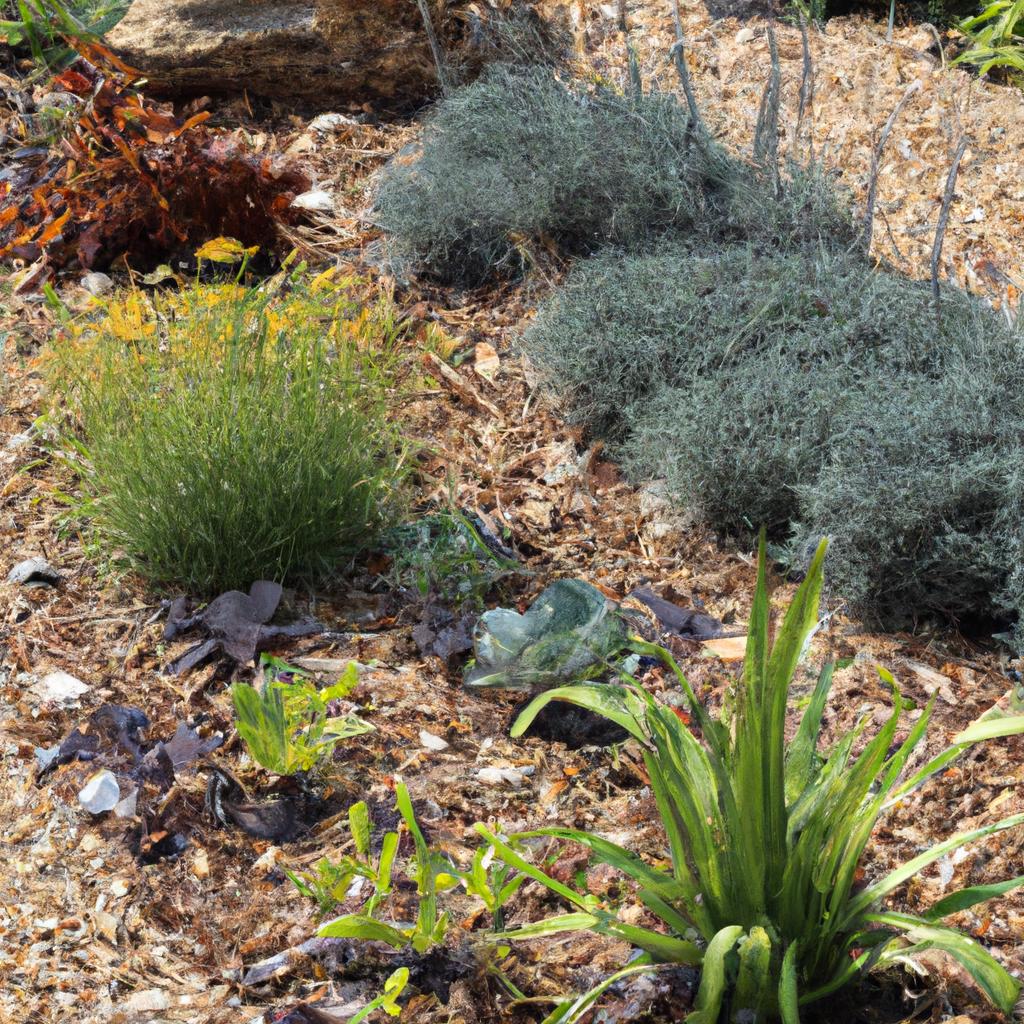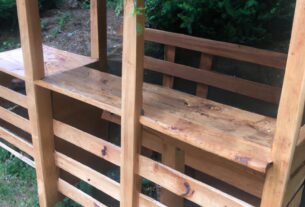Gardening is a hobby that brings relaxation and fulfillment to many. But before you dig into the soil and start planting, let’s unravel the concept of garden zones. These zones correspond to specific geographic regions with similar climatic and weather conditions, which profoundly impact plant growth and survival. Understanding garden zones is vital for successful gardening because it empowers you to choose plants that can thrive in your particular climate and soil conditions.
What Exactly are Garden Zones?
Garden zones, also known as hardiness zones, originated with the United States Department of Agriculture (USDA) in 1960. The USDA Plant Hardiness Zone Map classified the United States and Canada into 13 zones based on the average annual minimum temperature. Each zone spans a temperature range of 10 degrees Fahrenheit and is further subdivided into subzones, distinguished by their average temperature range.
To determine the hardiness zone of a location, the USDA relies on the lowest average temperature recorded in that area. These valuable pieces of information are illustrated on the USDA Hardiness Zone Map, which undergoes updates every 10 years. Armed with this map, gardeners can find plants that will not only survive but also flourish in their specific zone.
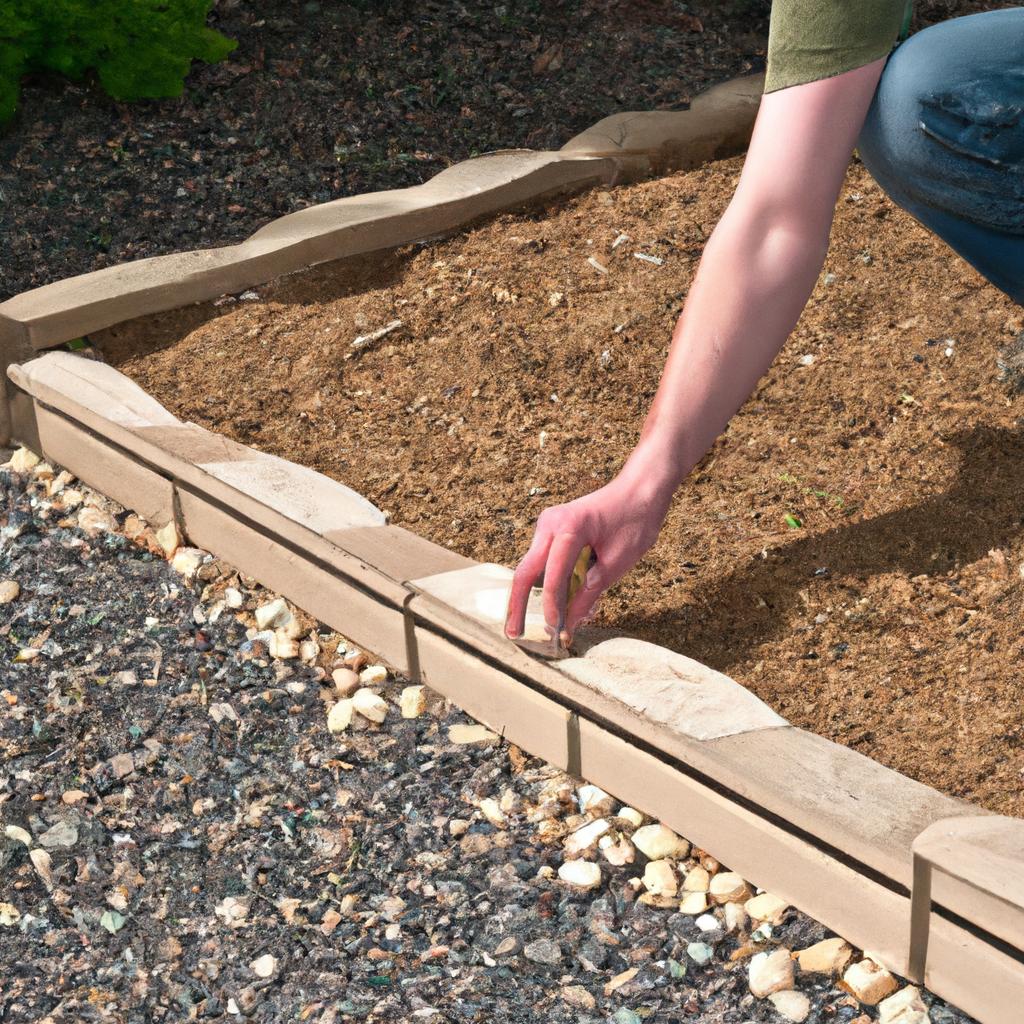
How Are Garden Zones Determined?
The average annual minimum temperature serves as the key factor in determining garden zones. By examining the average temperature during the coldest month of the year, the USDA assigns each area its respective hardiness zone. For instance, if the average temperature during the coldest month falls between -20 to -10 degrees Fahrenheit, that area will be classified as zone 5.
Keep in mind that factors like elevation, soil type, and microclimates can also influence plant hardiness within a specific zone. Therefore, before making any plant selections, it is essential to conduct thorough research and gain a thorough understanding of the specific conditions in your garden.
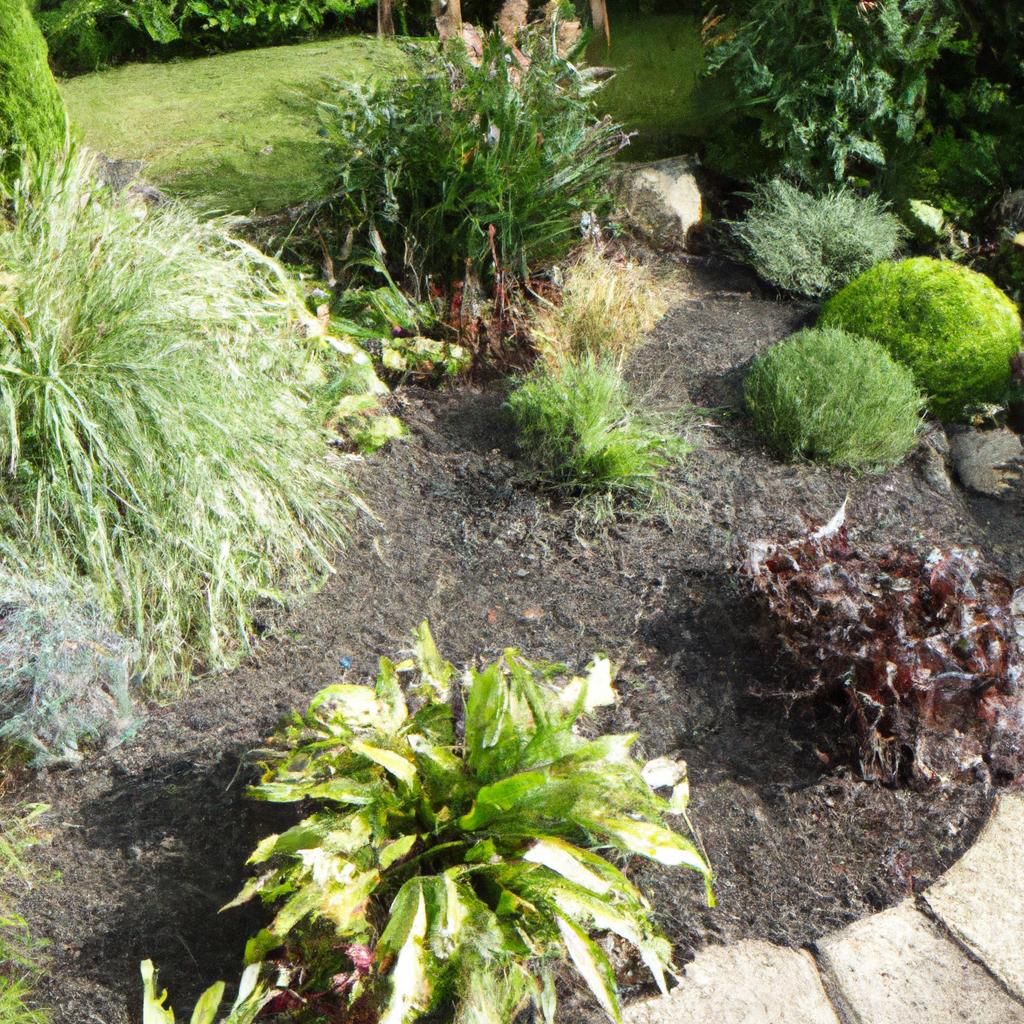
The USDA Plant Hardiness Zone Map
The USDA Plant Hardiness Zone Map proves invaluable for gardeners as it aids in identifying their specific hardiness zone. This color-coded map divides the 13 zones into temperature ranges of 10 degrees Fahrenheit each.
Each zone is further divided into subzones labeled as “a” and “b,” based on their average temperature ranges. For example, zone 5a features an average temperature range of -20 to -15 degrees Fahrenheit, while zone 5b encompasses an average temperature range of -15 to -10 degrees Fahrenheit.
It’s important to note that while the map provides insights into minimum temperatures, it omits other crucial factors like humidity, wind, and soil type. Therefore, always conduct thorough research and gain a comprehensive understanding of the unique conditions in your garden before selecting plants that can truly thrive in your zone.
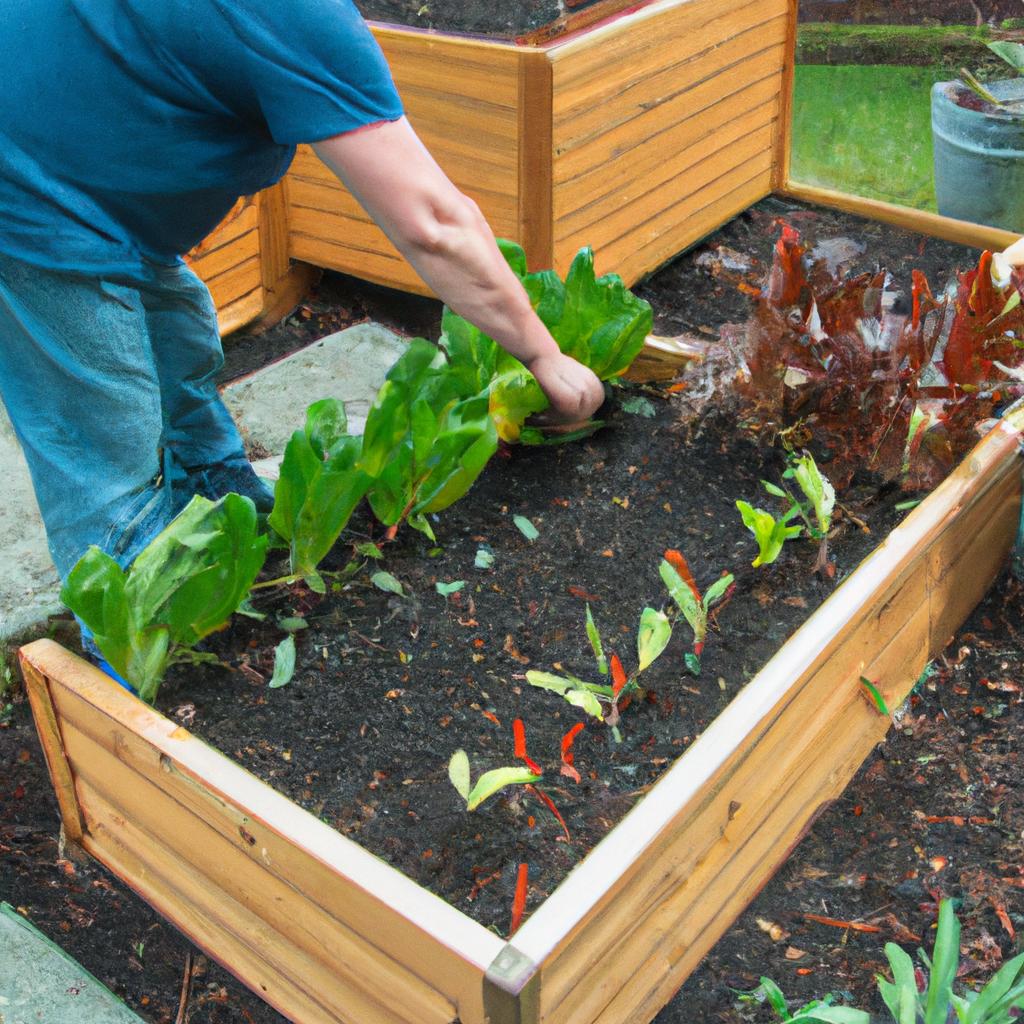
Factors Influencing Garden Zones
Although average annual minimum temperature primarily determines garden zones, other factors significantly impact plant growth and survival. By grasping these variables, gardeners can make informed decisions when selecting plants for their specific location.
Climate
Climate plays a pivotal role in determining plant growth and survival. Factors like rainfall, humidity, and sunlight profoundly influence the development and well-being of plants. For instance, plants requiring ample sunlight may struggle to thrive in shaded areas, while moisture-dependent plants may struggle to survive in arid climates.
Temperature
Temperature remains one of the most critical factors shaping garden zones. Plants unable to endure the cold temperatures of a specific zone will undoubtedly struggle to thrive. Similarly, plants that require substantial heat might not flourish in cooler regions. Understanding the temperature range of your zone enables you to select plants that can optimally thrive in your garden.
Elevation
Elevation also affects garden zones. Higher elevations generally feature cooler temperatures than lower ones, potentially impacting plant health and growth. For instance, plants thriving in scorching heat might struggle to survive in mountainous regions with cooler temperatures.
Grasping the factors that influence garden zones empowers gardeners to choose the ideal plants for their specific location. Always research and understand the unique conditions in your garden before selecting plants that can truly thrive in your zone.
Choosing Plants for Your Garden Zone
Selecting the right plants for your garden zone represents a vital component of successful gardening. Choosing plants suited to your specific zone significantly enhances their chances of thriving. There are two primary methods to consider when selecting plants: matching plants to your garden zone and choosing plants adaptable to multiple zones.
Matching Plants to Your Garden Zone
The initial step in plant selection involves matching them to your specific zone. The USDA Plant Hardiness Zone Map proves an essential tool, helping gardeners identify their specific hardiness zone. Once you determine your zone, conduct thorough research on the plants ideally suited to flourish within that temperature range.
For example, if you reside in zone 6, consider planting black-eyed Susan, daylilies, and hostas, which thrive in that particular temperature range. By matching plants to your garden zone, you ensure a thriving and prosperous garden.
Plants That Thrive in Multiple Zones
Another approach to plant selection involves opting for versatile plants capable of thriving in multiple zones. These adaptable plants, often referred to as “versatile plants,” can grow in various climates and soil conditions. This approach proves particularly beneficial for gardeners residing in transitional zones, where climate and temperature can fluctuate significantly.
Versatile plants include coneflowers, sedums, and yarrow. These plants possess the remarkable ability to thrive across a wide range of garden zones, making them invaluable additions to any garden.
Choosing plants that suit your garden zone is essential for successful gardening. By matching plants to your garden zone and selecting versatile plants, you ensure a garden that thrives and remains healthy.
Maintaining Your Garden Zone
Once you’ve carefully selected the right plants for your garden zone, proper maintenance becomes crucial. Adequate maintenance ensures your plants flourish and grow robustly. Here are some tips for maintaining your garden zone:
Proper Care for Plants in Your Garden Zone
Different plants possess unique care requirements. Understanding the specific needs of your plants enables you to provide proper maintenance. Some general care tips include:
- Watering: Regularly water your plants, ensuring they receive adequate hydration without overwatering. The ideal amount varies depending on climate and soil type, but most plants require 1-2 inches of water per week.
- Fertilizing: Apply suitable fertilizers to meet your plants’ specific nutrient needs. Avoid over-fertilization, as it can damage plants and hinder their growth.
- Pruning: Regularly prune your plants to remove dead or damaged branches and provide shaping when necessary.
- Pest Control: Vigilantly monitor your plants for pests and diseases, taking appropriate measures to control and mitigate their impact.
Adjusting for Microclimates
Microclimates refer to small-scale climate variations within a specific location. Understanding microclimates within your garden allows for adjustments in planting and maintenance strategies. For instance, areas with more shade may require low-light tolerant plants, while windier regions necessitate plants capable of withstanding strong gusts.
Adjustments for microclimates extend growing seasons, promoting healthier plant growth. For example, planting in a south-facing area can provide additional sunlight and warmth, enabling your plants to thrive for longer durations.
Conclusion
In conclusion, comprehending garden zones represents a crucial aspect of successful gardening. Garden zones delineate specific geographic regions with similar climatic and weather conditions critical to plant growth and survival. By selecting plants suitable for your specific zone and adopting proper maintenance practices, you can forge a beautiful, thriving garden.
Remember to meticulously research and understand the unique conditions in your garden before selecting plants that can genuinely thrive in your zone. By accounting for microclimates and tailoring your care accordingly, you extend your growing season and ensure your garden remains vibrant and flourishing for years to come.
To learn more about creating and maintaining an exceptional garden, visit TooLacks.
